
|
Breaking news! The University of Tokyo Atacama Observatory (TAO) Telescope Site Completion Ceremony Holds
The University of Tokyo Atacama Observatory (TAO) Project is to construct the 6.5m optical-infrared telescope at summit of Cerro Chajnantor, an altitude of 5,640 m (18,500 ft) in the Atacama Desert of northern Chile.
TAO Project not only conducts cutting-edge researches in astronomy and astrophysics covering a wide range of fields from the distant universe to the solar system, but also has a major goal of training the next generation of researchers at universities with an emphasis on fostering young researchers in both development and observational research. The project is also important for enhancing Japan's competitiveness and communication ability, and for demonstrating leadership.
As the construction work at the telescope site progresses, and the summit facilities including the enclosure have been completed, a commemorative ceremony was held on April 30, 2024 in Santiago, the capital of the Republic of Chile, to celebrate the completion of the TAO telescope site and to pray for safety and success in the operation of the TAO telescope.
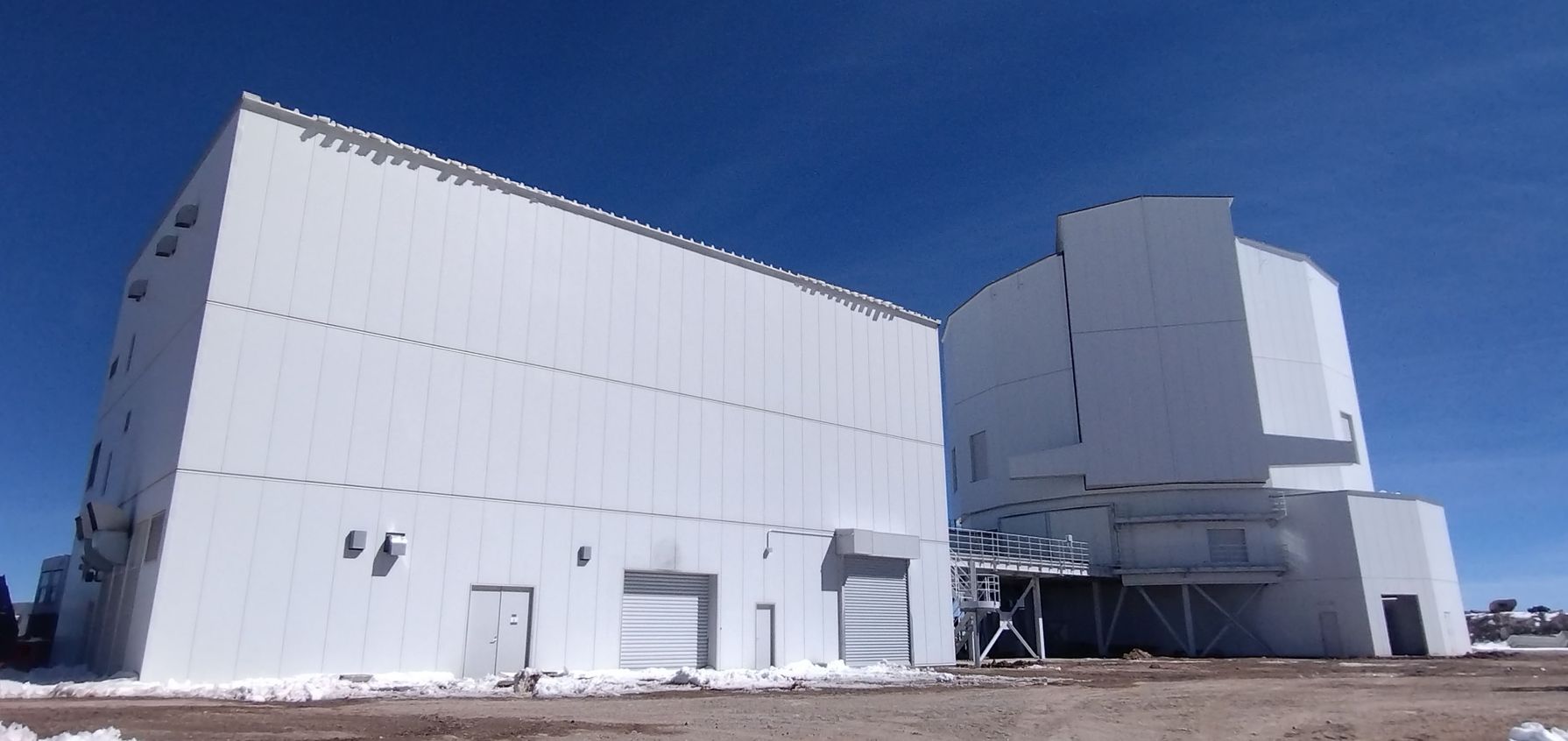
| |
▲ Summit facility of the University of Tokyo Atacama Observatory (TAO) completed on the summit of Cerro Chajnantor
|
TAOProject Overview and History
The project was launched in 1998 by TAO project leader Yuzuru Yoshii. After constructing a pilot telescope with a diameter of 1 meter in 2009, it was registered in the Guinness Book of World Records as the world's highest observatory. From 2012, full-scale construction of the TAO telescope with a large diameter of 6.5 meters started, and in 2018 road construction for the TAO telescope began and in 2020 summit site construction launched. Although there were several difficulties, such as the riots in Chile in the second half of 2019 and the COVID-19 pandemic from 2020 onwards, construction continued while strengthening the safety system. In 2023 the observation building completed, after assembling the steel frame of the enclosure and conducting rotation tests, the summit facility, including the enclosure, was completed in 2024. Scientific observations will begin in 2025 to elucidate the greatest mysteries in astronomy: the birth of galaxies and the origin of planets.
TAO Construction at the Summit
The construction work for the summit facility at the TAO telescope site was carried out with the experience from the miniTAO telescope that was completed in 2009. In Chile, there are strict rules for working at extremely high altitudes, requiring mandatory inhalation of oxygen and special medical examinations. A total of approximately 350 Chilean and Japanese workers involved in the construction so far adhered to these rules, carried oxygen cylinders on their backs, and working in harsh conditions with little oxygen.
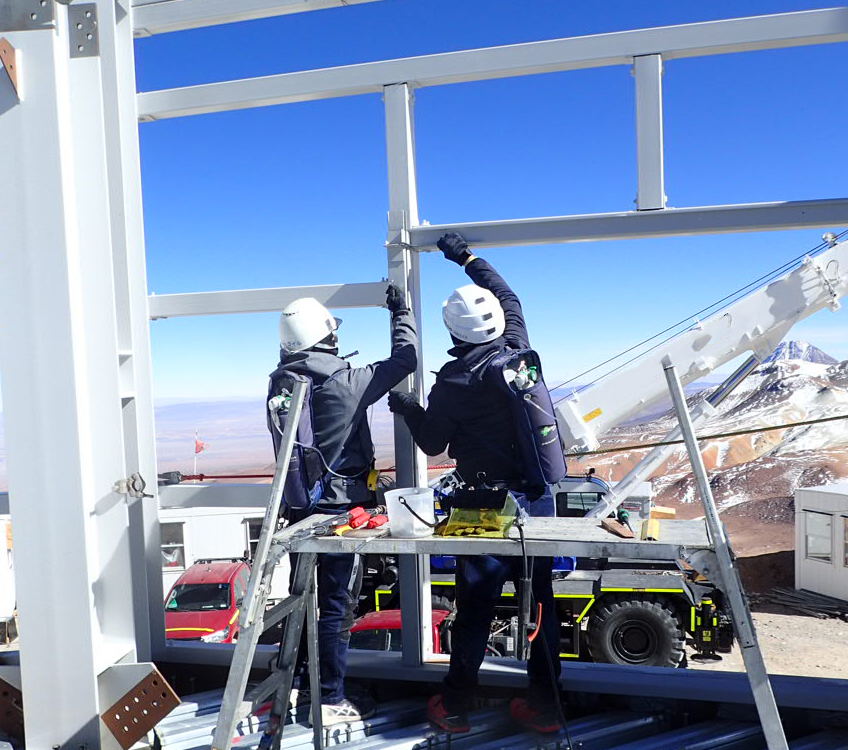
| |
▲Workers carrying oxygen cylinders on their backs while construction work at the summit of Cerro Chajnantor (5,640m)
|
Benefits and Expected Outcomes of TAO Site
The TAO telescope site can capture light that cannot be seen by other observatories. Infrared light from celestial objects does not reach the ground except for a few wavelength bands due to atmospheric absorption. Therefore, infrared observations have required satellite telescopes that go outside the atmosphere and orbit the Earth. However, because the air at the TAO site is thin and dry, with very little water vapor in the atmosphere, it is possible to observe almost the entire range of near-infrared wavelengths (0.9-2.5 microns) and even the longer wavelength mid-infrared (30 micron band). Compared to satellite telescopes, ground-based telescopes have the advantage of being able to obtain higher-resolution images because they can have larger apertures. This advantageous environment is suitable for observing distant galaxies, the activities of celestial bodies hidden in dust and gas, and the dust surrounding stars, and will enable us to explore the mysteries of galaxy formation and evolution, planet formation, and the birth of our life. More details, please refer Science with TAO
Most of the world's large telescopes, including the Subaru Telescope, are located in the Northern Hemisphere. TAO telescope, which is located in the southern hemisphere, will be able to observe objects that cannot be seen with these telescopes in the northern hemisphere. TAO can also observe the same celestial objects at different wavelengths (infrared) as the sub-millimeter telescope ALMA, located in the same area of Atacama. TAO telescope will collaborate with Subaru for celestial regions research, and wavelengths with ALMA
Scientific observations with the TAO telescope are expected to begin in 2025 if all goes well. During the initial phase, observers and day crews will be on the summit of Cerro Chajnantor with oxygen cylinders. Subsequent observations will be made from the TAO base facility in San Pedro de Atacama, or from the remote observation room at Institute of Astronomy, the University of Tokyo in Japan.
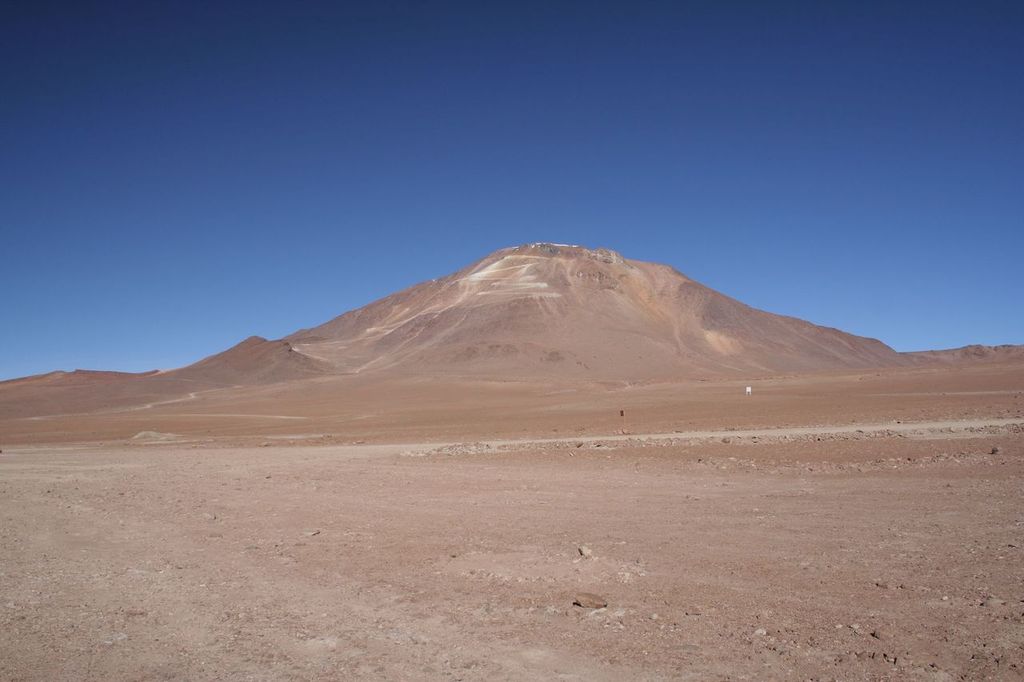
| |
▲TAO is located at the summit of Cerro Chajnantor (5,640m). At this altitude, with the low water vapor makes it possible to observe infrared light, that is difficult to observe at other observatories.
|
Preliminary report on the ceremony celebrating the completion of the University Of Tokyo Atacama Observatory (TAO) telescope site
The commemorative ceremony was held at the Hotel Marriott Santiago, and was attended by approximately 202 people from the University of Tokyo, the Ministry of Education, Culture, Sports, Science and Technology, the Chilean Ministry of Science, Technology, Knowledge and Innovation, the Chilean Ministry of Foreign Affairs, the Embassy of Japan in Chile, and Japanese companies.
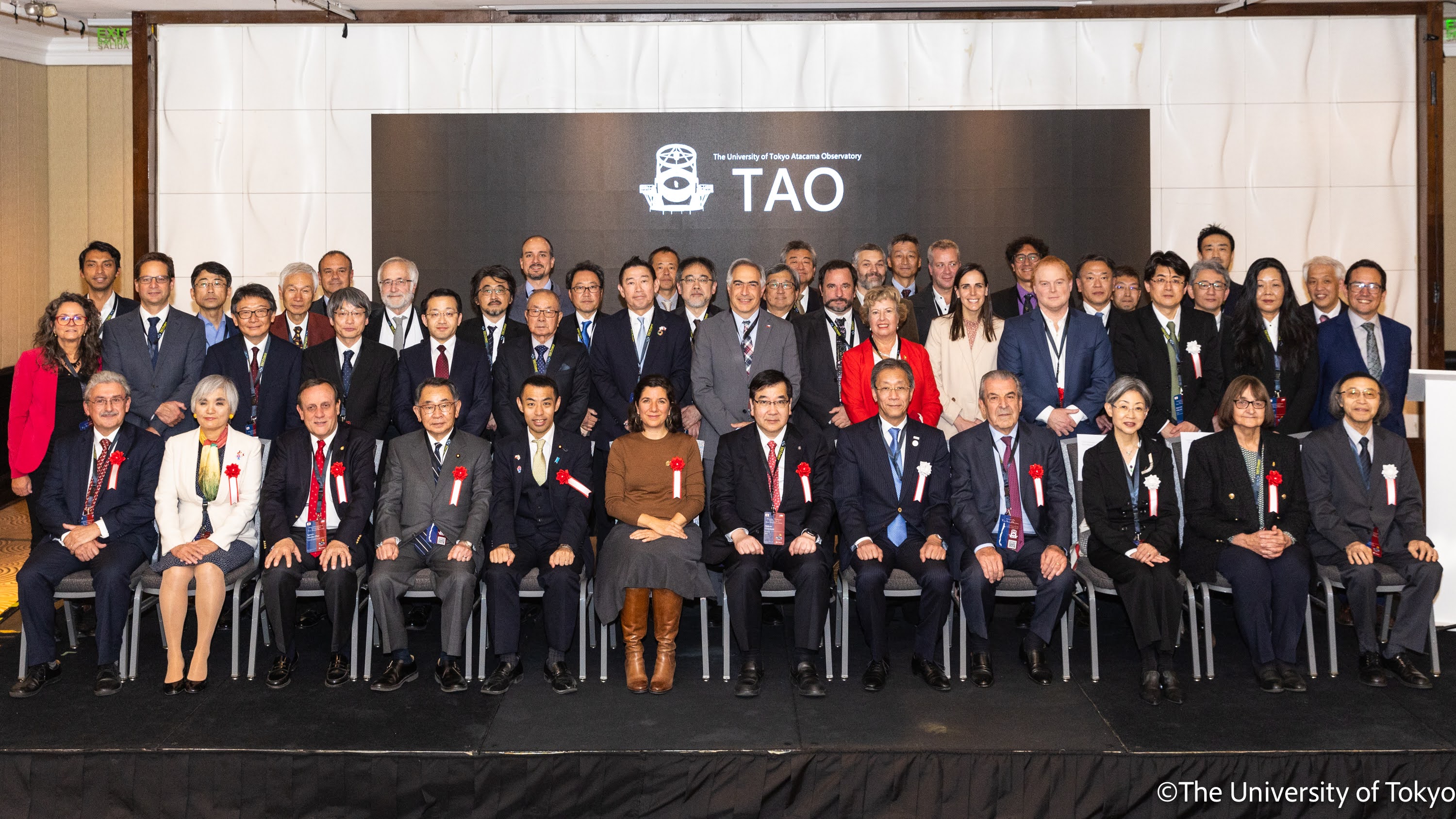
| |
▲ Group photo of guests at the ceremony
|
At the commemorative ceremony, we received greeting speeches from prominent guests including Chilean Minister of Science, Technology, Knowledge and Innovation, the Director General of the Science, Energy, Education, Innovation and Astronomy Division of the Chilean Ministry of Foreign Affairs,Japanese Ambassador to Chile, the Vice Minister of Education and Science of the Ministry of Education, Culture, Sports, Science and Technology, and the President of the University of Tokyo. Here are some of the speeches and abstracts of the speeches.
One of the University of Tokyo’s important global partners is Chile. I am very pleased that comprehensive exchanges in diverse fields have been ongoing between the University of Tokyo and universities in Chile for a decade. The completion of the TAO telescope site was the result of excellent cooperation with everyone in Chile. The construction of this site would not have been possible without the local government, who graciously provided us with this wonderful astronomical site, and the residents of the Antofagasta Region, especially San Pedro de Atacama City and its surrounding areas, who warmly welcomed us into their lands. We also thank the Chilean Ministry of Foreign Affairs, the Chilean Ministry of Science, Technology, and Knowledge Innovation, the Chilean Research and Development Agency ANID, the University of Chile, and the Universidad Católica for their support in allowing us to work at locations above 5,500 meters above sea level, as well as employment opportunities and joint development of observation equipment. We also received a wide range of cooperation, from the University of Arizona, the CCAT project, ALMA, and the National Astronomical Observatory of Japan (NAOJ) for the technical aspects of the telescope, joint construction of infrastructure, and joint operation. Of course, we must remember the Japanese and Chilean companies that did an excellent job in designing, constructing, and installing of the telescope. I would like to take this opportunity to once again express my sincere gratitude to everyone who has provided support and cooperation in various ways during the construction of TAO.
FUJII Teruo, President, The University of Tokyo
|
|
The altitude of the TAO site is very high at 5,640 meters from sea level, so there is extremely low water vapor in the air. Building a telescope here will make possible to observe infrared rays from celestial objects that are normally invisible from the ground surface of the earth due to absorption by water vapor in the air. The TAO telescope is a university-operated that allows the science observation with high flexibility, and this gives advantages in observing celestial objects that change brightness from moment to moment. The goal of the TAO project is to utilize these features to unravel the mysteries of the universe that remain in modern astronomy. Specific research targets range from the origin of the universe, such as dark energy and the first stars, to the evolution of stars and planets, and the formation of the solar system. Furthermore, as a university telescope, it places emphasis on human resource development, TAO project will contribute to train the next generation of researchers by encouraging students from not only the University of Tokyo, but also the universities in Japan and Chile, to use TAO telescope for further research progress.
There were numerous difficulties in pursuing this project. The first one is the altitude of this site. At 5,640 meters above sea level, atmospheric pressure is less than half that of the earth’s ground, making it a harsh environment for human activities. During construction, in cooperation with relevant Chilean ministries and medical personnel, all the workers were required to undergo medical examinations and oxygen inhalation during work. It was also a great challenge for the University of Tokyo to build an advanced scientific facility in Chile, which is located on the other side of the globe. In this regard, we received a great deal of support from the Chilean government, including site use permission, corporate status, and academic tax exemptions. We also received cooperation from residents in the city of San Pedro de Atacama to ensure the safety of those involved in the construction work. The global COVID-19 pandemic also had a major impact on the project, but with great support from the Embassy of Japan in Chile, the Chilean Ministry of Foreign Affairs, and the Ministry of Science, Technology, Knowledge, and Innovation, we can celebrate today’s ceremony without any major accidents or troubles. I am really appreciated for all the continuing support and cooperation.
The TAO site is now completed. Now we will proceed with the assembly and adjusting of the telescope and observation equipment that are already shipped from Japan. We are just one step away from the day when we will be able to capture a new view of the universe together with you from the summit of Cerro Chajnantor. Your continued support and cooperation would be greatly appreciated.
YOSHII Yuzuru, TAO Project Principal Investigator
|
|
Chile has used trade as a window to the world, and the same time, the country has opened its doors to science and technology aiming for further development. Thanks to these activities, Chile is now privileged and honored to host ha diverse and global communities. And now, people have gathered for the common goal of unveiling the origins of the universe, and we have achieved a remarkable accomplishment with the completion of the TAO telescope site. As Minister of Science, I sincerely welcome TAO as a member of the many observatories in Chile. I also hope that the light and images from space obtained through future observations will be a beacon of hope for humanity. I look forward to your great research discoveries.
Aisén Etcheverry, Ministry of Science, Technology, Knowledge and Innovation
|
|
I hope that the TAO telescope will greatly contribute to the development of astronomy in the future. With the completion of TAO telescope, I also hope that academic and other exchange between the two countries will become more active than ever, and that academic researches in both countries will continue to develop further.
IMAEDA Souichirou, State Minister of Education, Culture, Sports, Science and Technology
|
|
As Ambassador of Japan to Chile, I am very happy to see the opening of the observatory in the highest point in the world as a result of joint efforts between Japan and Chile. I hope that the cooperation between Japan and Chile, as well as the development of friendly and cooperative relations in cooperation with the international community, will contribute greatly to the advancement of world astronomy.
ITO Takako, Japanese Ambassador to Chile
|
|
Bilateral relations between Chile and Japan have a rich and long history dating back to the historic Treaty of Friendship, Commerce, and Navigation signed in 1897, the oldest agreement Chile maintains in the Asia-Pacific region. One of the fundamental pillars of this bilateral relationship is cooperation in a wide range of areas, from the exchange of knowledge and experience on natural disasters to education, defense, mining, health, astronomy, science and advanced technology, water management, telecommunications, clean and renewable energy, and climate change. In the field of astronomy, Japan has a large presence in Chile, especially in northern Chile, with notable optical, infrared, and radio astronomical observatories such as TAO and ALMA. The TAO project we celebrate here today is excellent example of bilateral cooperation. A world-class infrared telescope in the Chilean highlands should bring groundbreaking scientific discoveries of the for the exploration of the universe and the search for the origin of life. The Ministry of Foreign Affairs of Chile expresses its sincere appreciation for the University of Tokyo for its achievements in the TAO project and reaffirms its determination to continue to support the project and various initiatives in the field of science and technology. The TAO project not only provides essential scientific achievement but is also an important cornerstone in the strong bilateral relationship between Chile and Japan. We will continue to strengthen Chile-Japan relations and contribute to the advancement of science and technology for the benefit of both countries and the entire world.
Julio Bravo, Director for Science, Energy, Education, Innovation and Astronomy, Ministry of Foreign Affairs of Chile
|
|
After the ceremony, the reception party started with a greeting from the Chairman of the Japan-Chile Parliamentarians for Friendship, followed by a Kagami-biraki (opening of the sake barrel) and a toast by the Executive Officer of Nippon Express Co., Ltd. In the middle of the party, the President of the University of Tokyo presented appreciation letters to Nishimura Manufacturing Co., Ltd., Nippon Express, MOVITEC, and the University of Arizona for their efforts in manufacturing the TAO telescope and constructing the site.
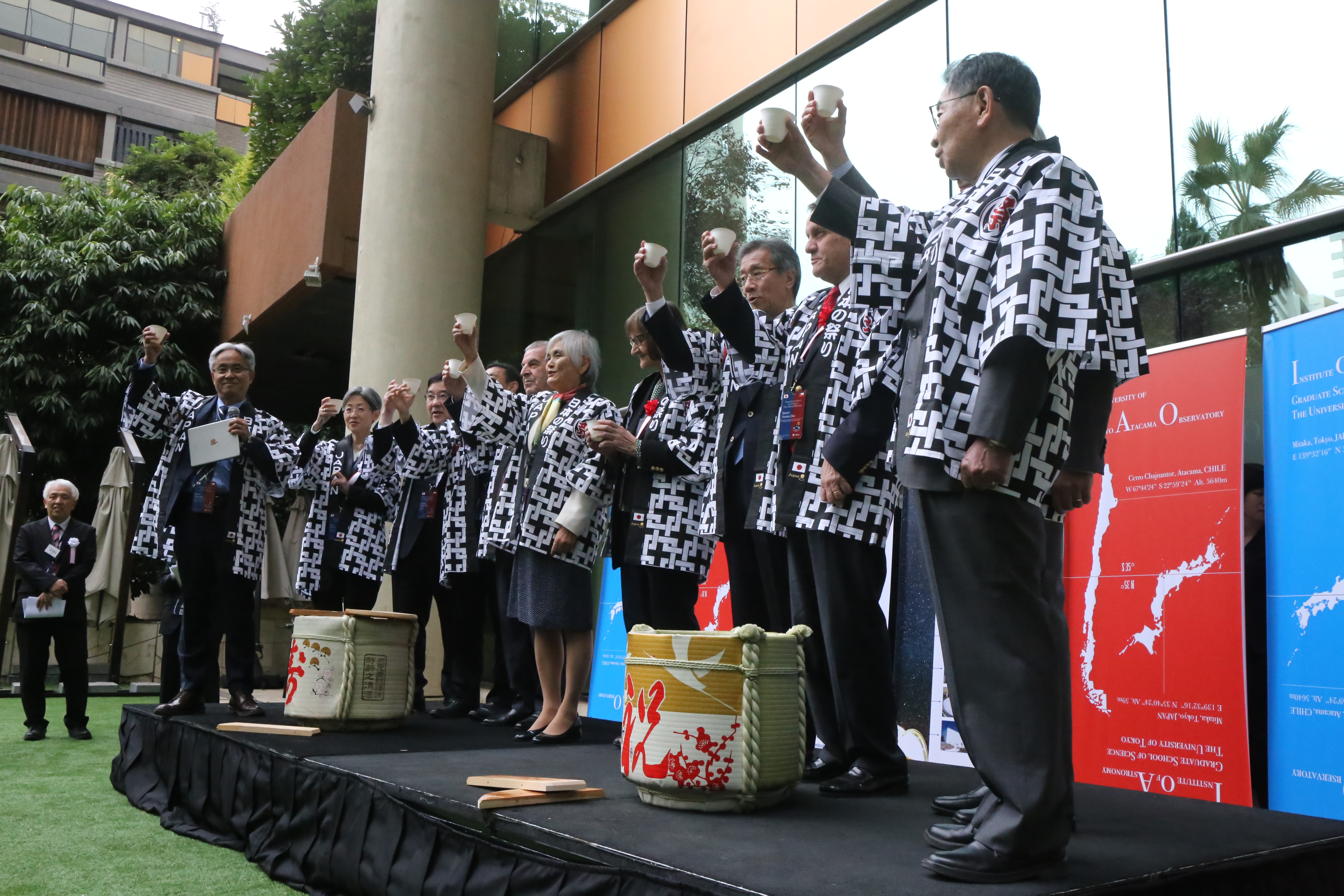
| |
▲ Reception party followed the ceremony
|
Science workshops and TAO site tour will be also held in conjunction with the ceremony. Details will be published in a separate article as a report of the event.
Finally, we would like to express our sincere gratitude to the staff of the NAOJ Chile for their dedicated supports, such as ceremony reception duties and TAO telescope site tour guidance.
Related link
|





